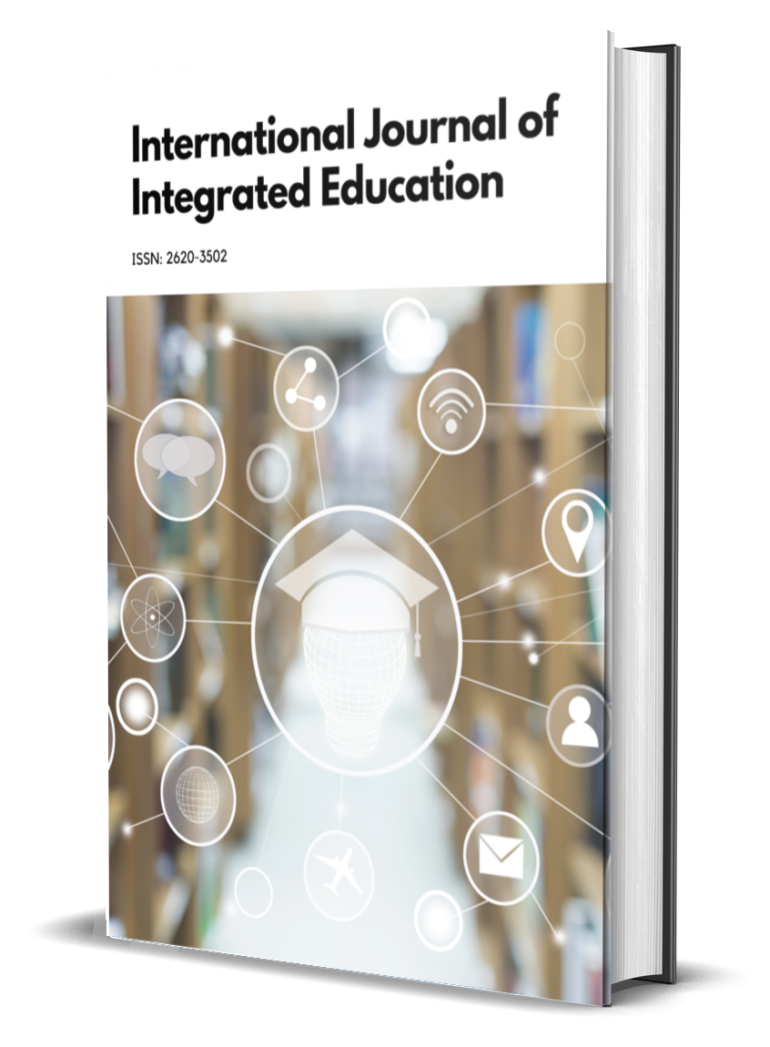“An assessment on the Perception of Community Toward the Practice of Commercial Sex Work and its Implication on the Health Care of Prostitutes” in Gondar Town
Abstract
The overall purpose of this research is to assess the perception of community toward the practice of commercial sex work and its implication on the health care of prostitutes in Gondar town. Inconsequent, the researcher used descriptive research with cross-sectional study design of both quantitative and qualitative research approach was used. Hence, survey method and key informant interviews guide line have been used to generate primary data from the selected respondents in pertaining to the subject of the study. And the data has been analyzed through utilized convergent methods of data analysis. Accordingly, study participants have been selected from the opted area. Among those respondents, twenty two commercial sex workers were taken for gathering information pertaining to the specific objectives of the inquiry and five key informant are opted from the community members, so as to informing the perception of the community which perceived toward the activity of prostitutes. Therefore, by using the aforementioned methods of data collection, the researcher obtained various finding. From the commencement, the majority of prostitutes were forced by scarcity of job to join in commercial sex work. Besides, the availability of income which emanated from such sort of work was spike prostitutes to commercial sex work. Majority of respondents were informed that the attitude of community toward prostitution was not god. Furthermore majority (36.4 %) of respondent were hinder by shortage of money to health care, which followed by, negative attitudes of community that accounts 22.7 % out of the entire respondents and also they confront various challenges that caused by community attitudes. Eventually, researcher attempted to forward recommendation’s based upon the fining of the study.
References
Arshad. (2012). The Law and Economics of Sex Slavery: Prostitution Laws and Trafficking for Sexual Exploitation. Göteborg University.
Baldwin S, E. (2011). Identification of Human Trafficking Victims in Health Care Settings. Health Hum Rights.
Barnett, L. C. (2011). Prostitution: A Review of Legislation in Selected Countries. Sage Journals,.
Cresswell, W. J. (2009). Research Design: Qualitative, Quantitative, and Mixed Methods’ Approaches. Sage Publications.
David, R. (2004). Understanding Reasons for and Effects of Involvement in Commercial Sex. International Journal of Men's Health.
Evans. (2016). Age-disparate sex and HIV risk for young women in South Africa . Zimbabwe: JIAS Journal International.
Ghahfarokhi. (2013). Right violation against sex works.
Jeal N, S. C. (2007). Health needs and service use of parlour-based prostitutes compared with street-based prostitutes. BJOG.
Jeal, N. (2004). A health needs assessment of street –based prostitutes cross sectional survey. journal of public health.
NSWP], U. N. (2008a). Working with Migrant Sex Workers. Good practice guidance. London: UK NSWP.
Sanders. (2007). Protecting the Health and Safety of Female Sex Workers: The Responsibility of All. BJOG.
Team, M. R. (2010). Fair Society, Healthy Lives: Strategic Review of healt Inequalities in England . London: The Marmot Review Team.
Weitzer. (2009). Sociology of sex work. Annual Review of Sociology. New York: W. W. Norton.
Weitzer, R. (2012). Prostitution: Facts and fictions. New York: NY: W. W. Norton.
Wood, C. (2010). A National Overview of Sex Trafficking and Prostitution Demand Reduction.
Yeraswork, A. (2010). Social Research Methods: Teaching Material for Postgraduate. Addis Ababa: Addis Ababa university.
In submitting the manuscript to the International Journal on Integrated Education (IJIE), the authors certify that:
- They are authorized by their co-authors to enter into these arrangements.
- The work described has not been formally published before, except in the form of an abstract or as part of a published lecture, review, thesis, or overlay journal.
- That it is not under consideration for publication elsewhere,
- The publication has been approved by the author(s) and by responsible authorities – tacitly or explicitly – of the institutes where the work has been carried out.
- They secure the right to reproduce any material that has already been published or copyrighted elsewhere.
- They agree to the following license and copyright agreement.
License and Copyright Agreement
Authors who publish with International Journal on Integrated Education (IJIE) agree to the following terms:
Authors retain copyright and grant the International Journal on Integrated Education (IJIE) right of first publication with the work simultaneously licensed under Creative Commons Attribution License (CC BY 4.0) that allows others to share the work with an acknowledgment of the work's authorship and initial publication in this journal.






1.png)
